Home>Furniture>Outdoor Furniture>How To Set Up Patio Furniture
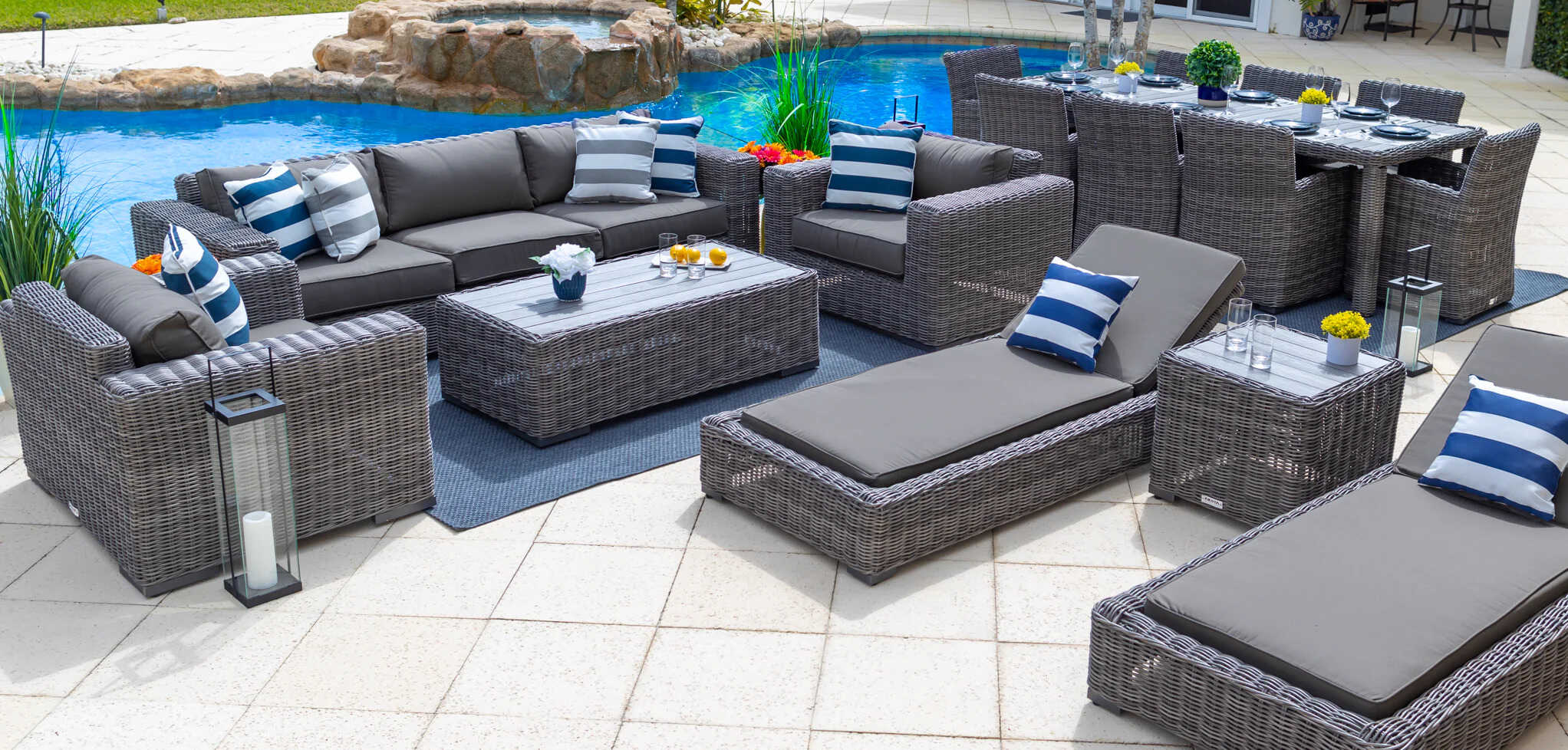

Outdoor Furniture
How To Set Up Patio Furniture
Modified: October 20, 2024
Learn how to easily set up your outdoor patio furniture with our step-by-step guide. Create a cozy and inviting outdoor space with our tips and tricks!
(Many of the links in this article redirect to a specific reviewed product. Your purchase of these products through affiliate links helps to generate commission for Storables.com, at no extra cost. Learn more)
Introduction
Welcome to our comprehensive guide on how to set up your patio furniture. Creating a comfortable and inviting outdoor living space is essential for enjoying those warm summer days and evenings. Whether you have a spacious backyard or a cozy balcony, the right furniture can transform it into a relaxing oasis for you, your family, and your guests.
When choosing patio furniture, there are several factors to consider. You want to select pieces that are not only stylish but also durable and weather-resistant. Additionally, the size and layout of your outdoor area will determine the type and configuration of the furniture.
In this guide, we will walk you through the process of selecting, arranging, and enhancing your patio furniture setup. From understanding the available space to adding accessories for comfort and style, we’ve got you covered. So let’s dive in and create your perfect outdoor retreat!
Key Takeaways:
- Choose durable, stylish, and comfortable patio furniture that fits your outdoor space. Consider materials, functionality, and maintenance for a relaxing and long-lasting outdoor retreat.
- Clean, prepare, and arrange your patio furniture thoughtfully. Add shade, cover, and accessories to create a cozy and personalized outdoor oasis for relaxation and entertainment.
Read more: How To Store Patio Furniture
Selecting the Right Furniture
Choosing the right patio furniture is crucial for creating an enjoyable outdoor space. Here are some key factors to consider when making your selection:
- Durability: Since patio furniture will be exposed to the elements, it’s important to choose pieces that are built to withstand outdoor conditions. Look for materials like aluminum, teak, or resin wicker, which are known for their durability and resistance to moisture, UV rays, and rust.
- Style: Your patio furniture should complement the overall aesthetic of your outdoor area. Whether you prefer a modern, minimalist look or a rustic, cozy vibe, there are various styles and designs available. Consider the architecture of your home and the existing outdoor decor when selecting the style of your furniture.
- Comfort: The comfort of your patio furniture is crucial for enjoying those lazy afternoons and evenings. Look for pieces with well-padded cushions and ergonomic designs. Test out the furniture before buying to ensure it provides adequate support and relaxation.
- Functionality: Consider how you plan to use your outdoor space. If you love hosting dinner parties, a spacious dining set with ample seating will be ideal. If you prefer lounging and reading, a cozy daybed or chaise lounge might be more suitable. Choose furniture that aligns with your needs and lifestyle.
- Easy Maintenance: While outdoor furniture should be built to withstand the elements, it’s also essential to consider the ease of maintenance. Look for materials that are easy to clean and require minimal upkeep, such as aluminum or synthetic wicker. Avoid fabrics that are prone to staining or fading.
By considering these factors, you can narrow down your options and choose patio furniture that not only looks great but also meets your functional needs and stands the test of time. Take some time to explore different styles and materials to find the best fit for your outdoor space. Once you’ve selected your furniture, it’s time to move on to the next step—considering the available space.
Consider the Available Space
When setting up your patio furniture, it’s essential to carefully assess the available space in your outdoor area. This will help you determine the size, configuration, and arrangement of the furniture. Here are some tips to consider:
- Measurements: Take accurate measurements of your patio or balcony to get a clear idea of the available space. Consider both the length and width of the area to determine the maximum dimensions for your furniture. This will prevent overcrowding and ensure that there is ample room for movement.
- Functionality: Determine how you plan to use the outdoor space. If you entertain frequently, you may want to allocate more space for a dining set or conversation area. On the other hand, if you prioritize relaxation and lounging, prioritize comfortable seating options like chaise lounges or hammocks.
- Traffic Flow: Consider the flow of foot traffic in your outdoor area. Ensure that there is enough space to move around the furniture comfortably without obstruction. This is especially important for larger gatherings or if you have children who need space to play.
- Outdoor Features: Take into account any existing features in your outdoor space, such as trees, posts, or structures. These will impact the placement and configuration of your patio furniture. Make sure to leave enough clearance around these features to maintain a cohesive and safe outdoor environment.
- Flexibility: If you have limited space, consider furniture that is flexible and multi-functional. Look for pieces that can be easily folded, stacked, or rearranged to optimize the use of your outdoor area. This will allow you to adapt the furniture arrangement based on your needs and the size of your gathering.
By considering these factors and taking the time to evaluate the available space, you can ensure that your patio furniture setup is both functional and visually appealing. Once you have a clear understanding of your outdoor area, it’s time to move on to the next step—cleaning and preparing the patio.
Cleaning and Preparing the Patio
Before setting up your patio furniture, it’s important to clean and prepare the area to create a welcoming and well-maintained outdoor space. Here are some steps to follow:
- Clear the Area: Remove any obstacles, debris, or clutter from the patio. Sweep away leaves, dirt, and dust to create a clean surface for your furniture. This will help prevent any potential damage or staining when placing the furniture.
- Inspect and Repair: Take the time to inspect your patio for any signs of damage or wear. Check for loose tiles, cracks, or any other structural issues. Repair or replace any damaged areas to ensure a safe and stable foundation for your furniture.
- Clean the Surface: Depending on the material of your patio, you may need to give it a thorough cleaning. Use a hose or pressure washer to remove dirt and grime from concrete or stone surfaces. For wooden decks, use a mild soap and water solution or a specialized deck cleaner to remove any stains or mildew.
- Treat the Surface: If your patio is made of wood or another porous material, consider applying a sealant or protective coating to enhance its durability and resistance to the elements. This will help prolong the lifespan of your patio and keep it looking its best.
- Consider Pest Control: Outdoor pests like ants, mosquitoes, or spiders can be a nuisance. Take preventative measures by using insect repellents or citronella candles to create a more pleasant environment. If necessary, consult a professional pest control service to address any infestations.
By cleaning and preparing your patio, you create a clean and inviting space for your furniture. This not only improves the overall aesthetic but also ensures the longevity of your patio and furniture. Once your patio is ready, it’s time to move on to the exciting part—arranging the furniture!
When setting up patio furniture, start by measuring the space to ensure the furniture will fit. Arrange the furniture to create a comfortable and functional seating area, and consider adding an umbrella or shade for extra comfort.
Arranging the Furniture
When it comes to arranging your patio furniture, there are several factors to consider, including the layout of your outdoor space, the function of the area, and the aesthetic appeal. Here are some tips to help you create a well-organized and visually pleasing furniture arrangement:
- Define Zones: Determine the different zones or areas within your outdoor space. For example, you may have a dining area, a lounging area, and a separate space for conversation. Define these zones and arrange the furniture accordingly to create a sense of flow and purpose.
- Focal Point: Identify a focal point in your patio, such as a beautiful garden, a stunning view, or a fire pit. Arrange the furniture in a way that directs attention towards this focal point. This will create a visually appealing setup and draw people to the designated area.
- Proper Spacing: Allow for sufficient space between furniture pieces to ensure comfortable movement and socializing. Avoid overcrowding the area and create a balanced layout. Consider the dimensions of the furniture and the space available to achieve a harmonious arrangement.
- Conversation Area: If creating a space for conversation is a priority, arrange seating pieces in a circle or facing each other to encourage interaction. Place a coffee table or side tables within reach to provide a surface for drinks and snacks.
- Dining Area: In a dining area, ensure there is enough space for chairs to be pulled out and for guests to move around easily. Place the dining table in the center and arrange the chairs around it, leaving ample space for comfortable dining experiences.
- Utilize Vertical Space: Maximize the use of vertical space by incorporating hanging plants, trellises, or shelves. This adds visual interest and can help create privacy if needed. Utilize walls and fences by adding hooks or brackets to hang decor or accessories.
- Consider Sun and Shade: Take into account the position of the sun and the available shade in your outdoor area. Arrange furniture in a way that provides shade during hot hours or consider adding umbrellas, pergolas, or awnings to create sheltered areas.
Remember, the arrangement of your furniture should not only be functional but also visually appealing. Experiment with different layouts and configurations to find the arrangement that best suits your space and personal style. Once you have arranged the furniture, it’s time to enhance the ambiance with shade and cover.
Read more: How To Protect Patio Furniture
Providing Shade and Cover
Creating a comfortable outdoor space involves not only selecting the right furniture and arranging it properly but also providing shade and cover to protect yourself from the sun’s rays or unexpected rain showers. Here are some ways to add shade and cover to your patio:
- Umbrellas: Patio umbrellas are a classic and versatile option for providing shade. They come in various sizes, styles, and colors, allowing you to find one that complements your furniture and outdoor decor. Choose an umbrella with a sturdy base and adjustable tilt function to customize the shade as needed.
- Pergolas: A pergola is a stylish and permanent shade structure that adds a touch of elegance to your outdoor space. These freestanding structures can be customized with fabric shades, retractable canopies, or climbing plants to provide shade and create a cozy atmosphere.
- Awnings: Installing retractable awnings over your patio can provide instant shade and protection from the elements. These can be operated manually or electronically and come in a variety of designs and colors to match your style preferences.
- Sail Shades: Also known as shade sails, these triangular or rectangular fabric canopies are suspended between posts or anchored to existing structures. They offer a modern and aesthetically pleasing option for creating shade and blocking harmful UV rays.
- Gazebos: Gazebos are a more substantial shade and cover option that can provide a designated area for lounging or dining. These freestanding structures feature a roof and open sides, allowing for better airflow and a shaded sanctuary in your outdoor space.
- Privacy Screens: In addition to providing shade, privacy screens can shield your patio from neighboring properties or create a secluded corner within your outdoor area. These can be made of various materials, such as wood, bamboo, or fabric, and are available in different styles and sizes.
- Canopies and Tents: Temporary canopies or tents can offer a quick and convenient shade solution for special events or gatherings. They are easy to set up and can be stored when not in use.
By incorporating shade and cover options into your patio setup, you can enjoy your outdoor space comfortably, regardless of the weather conditions. Remember to choose materials that are durable and weather-resistant to ensure they withstand the elements over time.
Now that you have covered the essential elements of your patio setup, it’s time to add those finishing touches and elevate the style and comfort with accessories.
Adding Comfort and Style with Accessories
Once you have selected and arranged your patio furniture, it’s time to enhance the overall comfort and style of your outdoor space with the right accessories. Here are some ideas to consider:
- Outdoor Pillows and Cushions: Add a touch of comfort and color to your patio furniture with outdoor pillows and cushions. These accessories not only provide extra support but also allow you to experiment with patterns and textures to complement your outdoor decor.
- Outdoor Rugs: Define specific areas or add a cozy touch with outdoor rugs. These rugs are specially designed to withstand outdoor conditions, and they come in various sizes, patterns, and materials to suit your style preferences. Choose one that complements your furniture and ties the space together.
- Lighting: Enhance the ambiance of your patio with strategic lighting. String lights, lanterns, or pathway lights can create a warm and inviting atmosphere, extending the usability of your outdoor space well into the evening. Consider solar-powered options for sustainable and effortless operation.
- Outdoor Curtains: Add privacy and elegance to your patio with outdoor curtains. These flowing fabric panels can be hung on pergolas, gazebos, or other structures to create a sense of intimacy and shade. Choose materials that are weather-resistant and easy to clean.
- Planters and Greenery: Incorporate plants, flowers, and greenery to bring life and freshness to your outdoor space. Place potted plants or hanging baskets strategically to add color and visual interest. Choose plants that thrive in outdoor conditions and require minimal maintenance.
- Outdoor Art and Decor: Personalize your patio with outdoor art and decor. Hang wall art, install wind chimes, or place sculptures to add a unique touch. Opt for weather-resistant materials to ensure the longevity of your outdoor art.
- Functional Storage: To keep your patio organized and clutter-free, consider incorporating functional storage options. Add storage benches, ottomans, or a storage cabinet to hide away items like cushions, pillows, or outdoor games when not in use.
- Entertainment and Cooking: Enhance your outdoor experience by adding entertainment and cooking options. Install an outdoor sound system for music or a small grill or outdoor kitchen for cooking and entertaining guests.
By adding these accessories, you can create a comfortable, stylish, and functional outdoor space that reflects your personal taste and lifestyle. Don’t be afraid to mix and match different elements to create a unique and welcoming atmosphere. With the right accessories, your patio furniture setup will truly come to life.
Now that you have all the essential information for setting up your patio furniture, it’s time to put your knowledge to use and start creating your dream outdoor oasis. Enjoy the process and make your outdoor space a true extension of your home!
Conclusion
Setting up your patio furniture is an exciting opportunity to create a comfortable and inviting outdoor living space. By selecting the right furniture, considering the available space, cleaning and preparing the patio, arranging the furniture, providing shade and cover, and adding accessories, you can transform your outdoor area into a serene oasis.
When selecting your patio furniture, prioritize durability, style, comfort, functionality, and easy maintenance. Choose materials that can withstand outdoor conditions and complement the aesthetic of your space. Consider the dimensions and layout of your outdoor area to arrange the furniture in a way that allows for comfortable movement and socializing.
Cleaning and preparing your patio is essential for creating a welcoming environment. Clear any clutter and debris, inspect and repair any damage, clean the surface, and consider applying a protective sealant. Taking these steps will ensure that your patio and furniture are in top shape.
Providing shade and cover is crucial for enjoying your outdoor space regardless of the weather. Options like umbrellas, pergolas, awnings, and canopies offer protection from the sun and rain. Consider your specific needs and the overall style of your patio when choosing these elements.
To add comfort and style, incorporate accessories such as outdoor pillows and cushions, rugs, lighting, curtains, planters, and outdoor art. These elements not only enhance the visual appeal of your patio but also create a cozy and personalized atmosphere.
With these tips and guidelines, you’re well on your way to creating a beautiful and functional outdoor space. Remember to consider your own preferences, needs, and lifestyle when making decisions about your patio furniture setup.
Now, it’s time to transform your patio into a place where you can relax, entertain, and enjoy the beauty of the outdoors. Embrace your creativity, have fun with the process, and create a space that reflects your unique style and personality. Cheers to many memorable moments in your outdoor oasis!
Frequently Asked Questions about How To Set Up Patio Furniture
Was this page helpful?
At Storables.com, we guarantee accurate and reliable information. Our content, validated by Expert Board Contributors, is crafted following stringent Editorial Policies. We're committed to providing you with well-researched, expert-backed insights for all your informational needs.
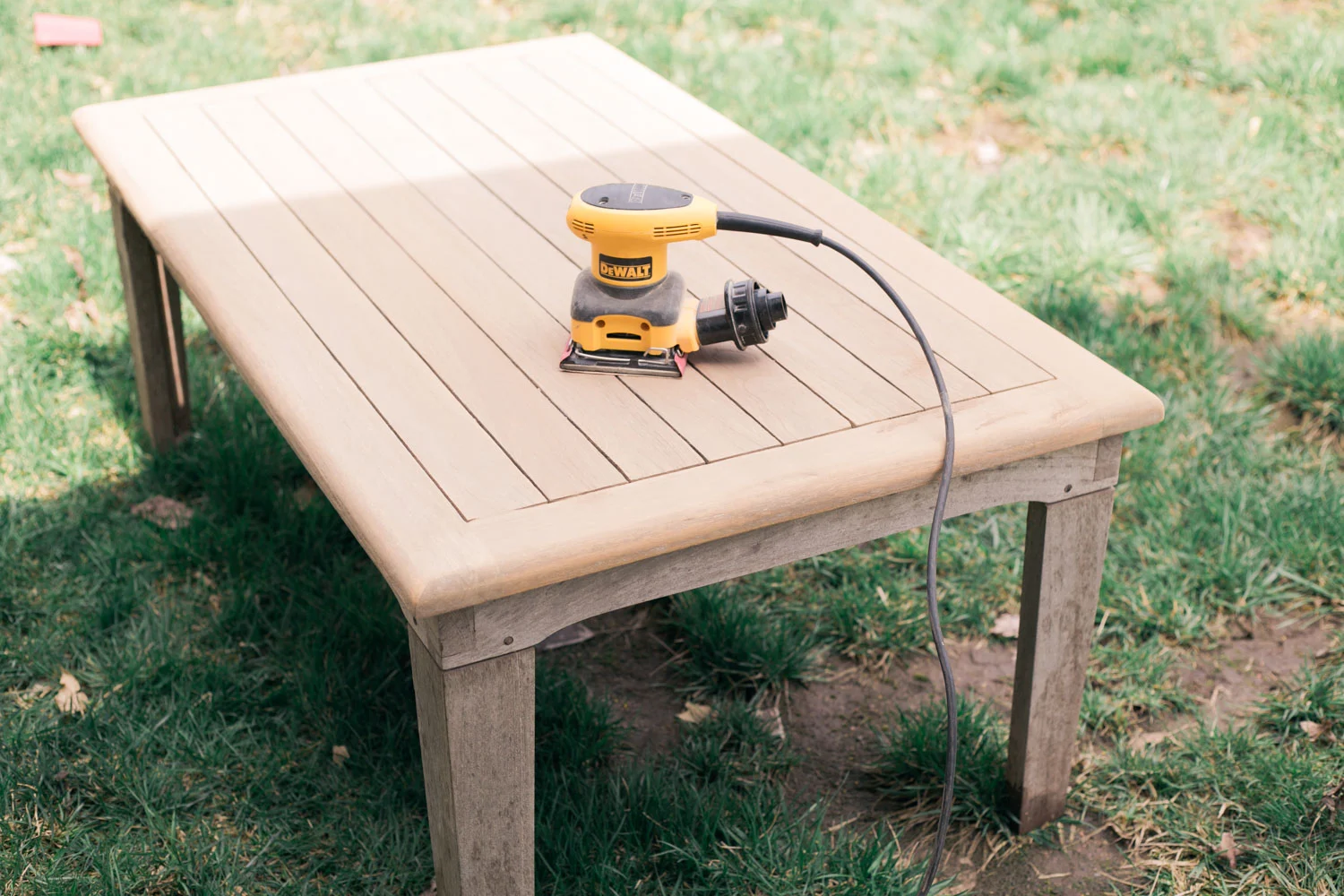
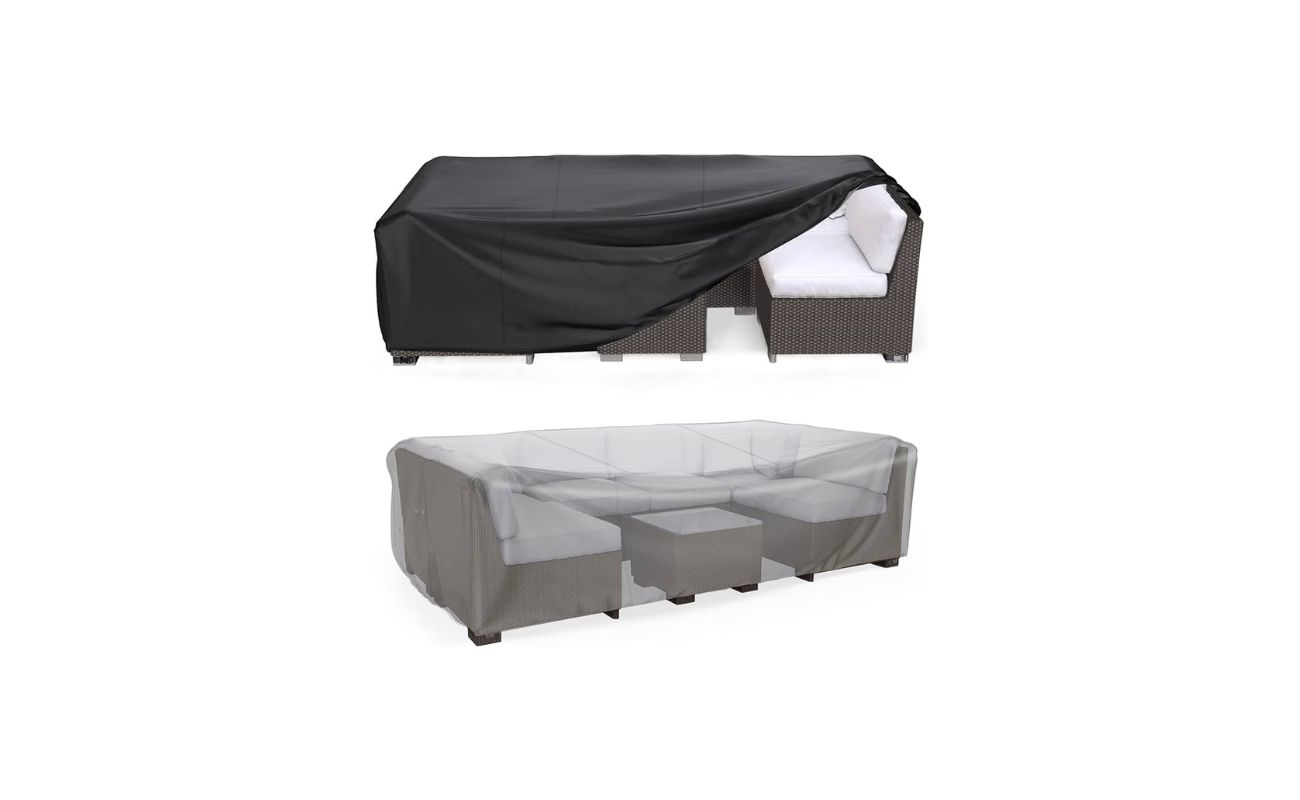
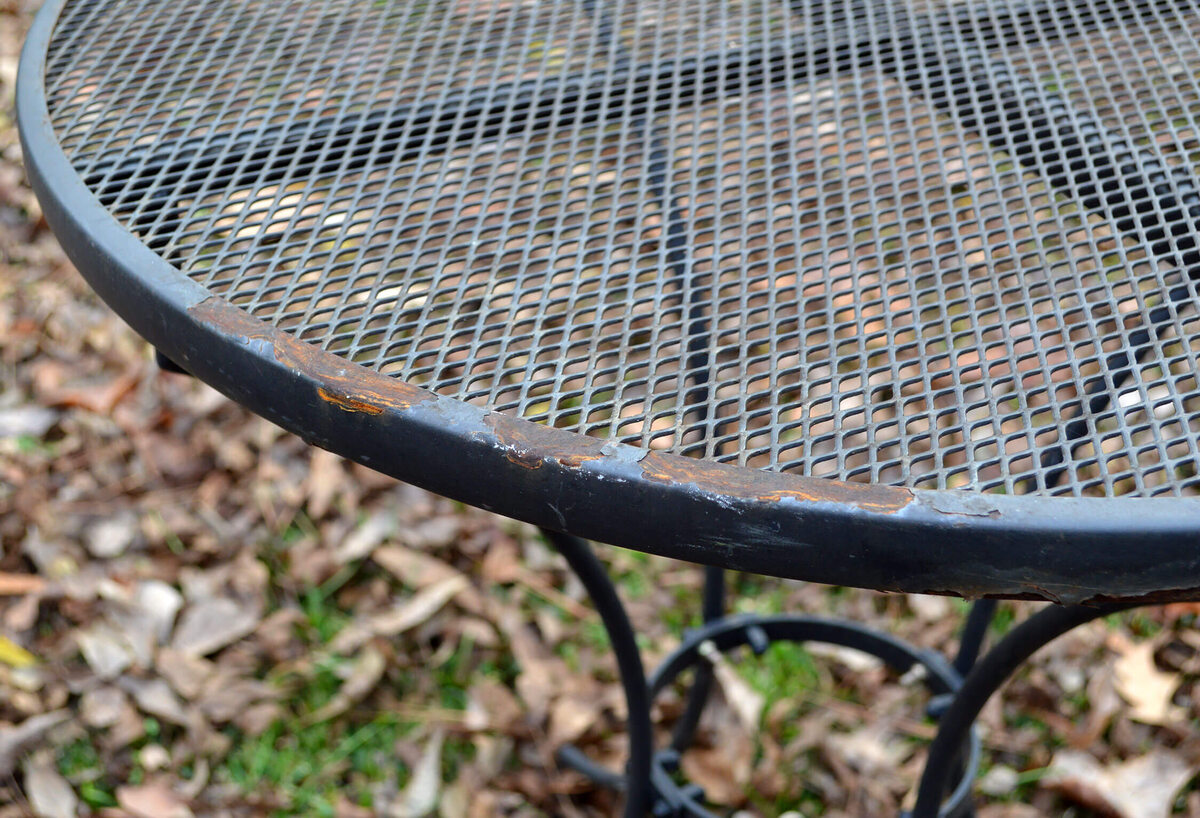
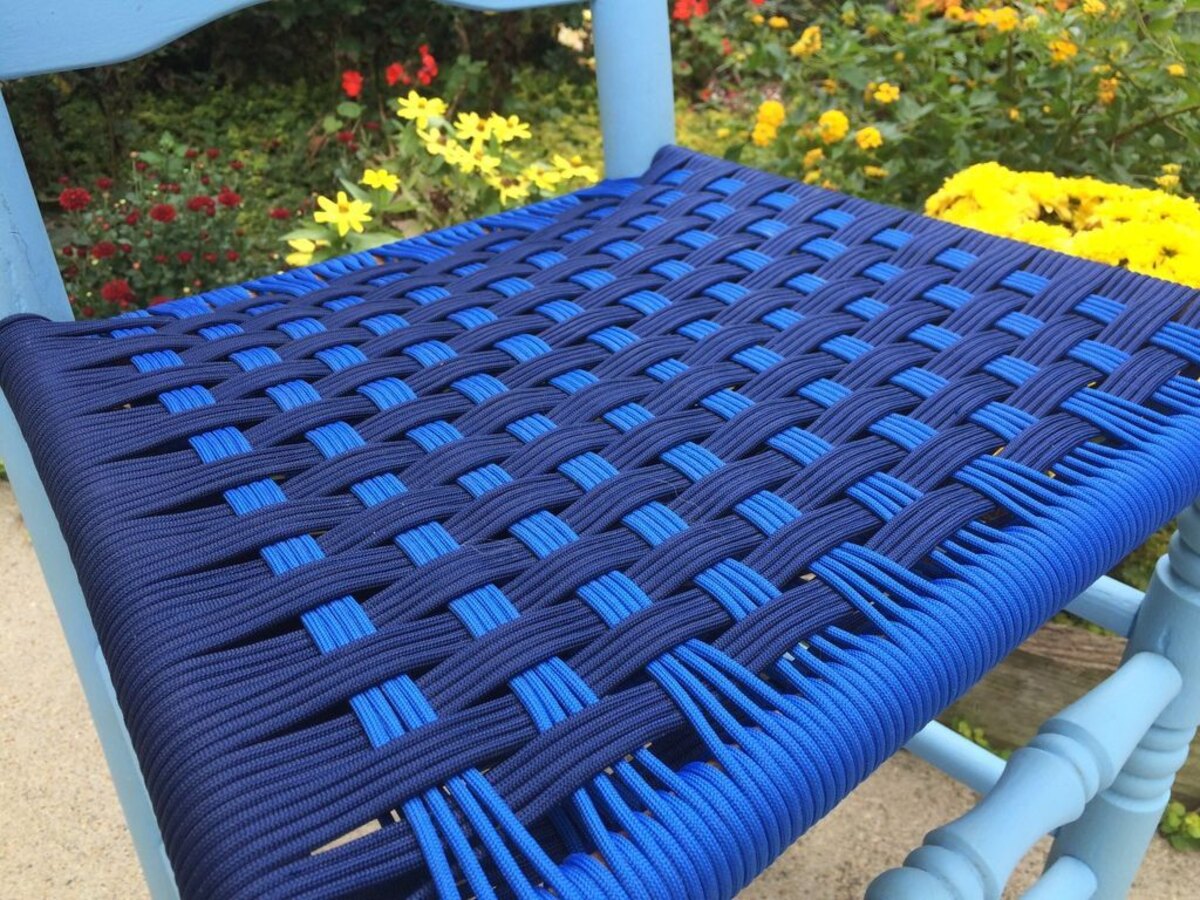
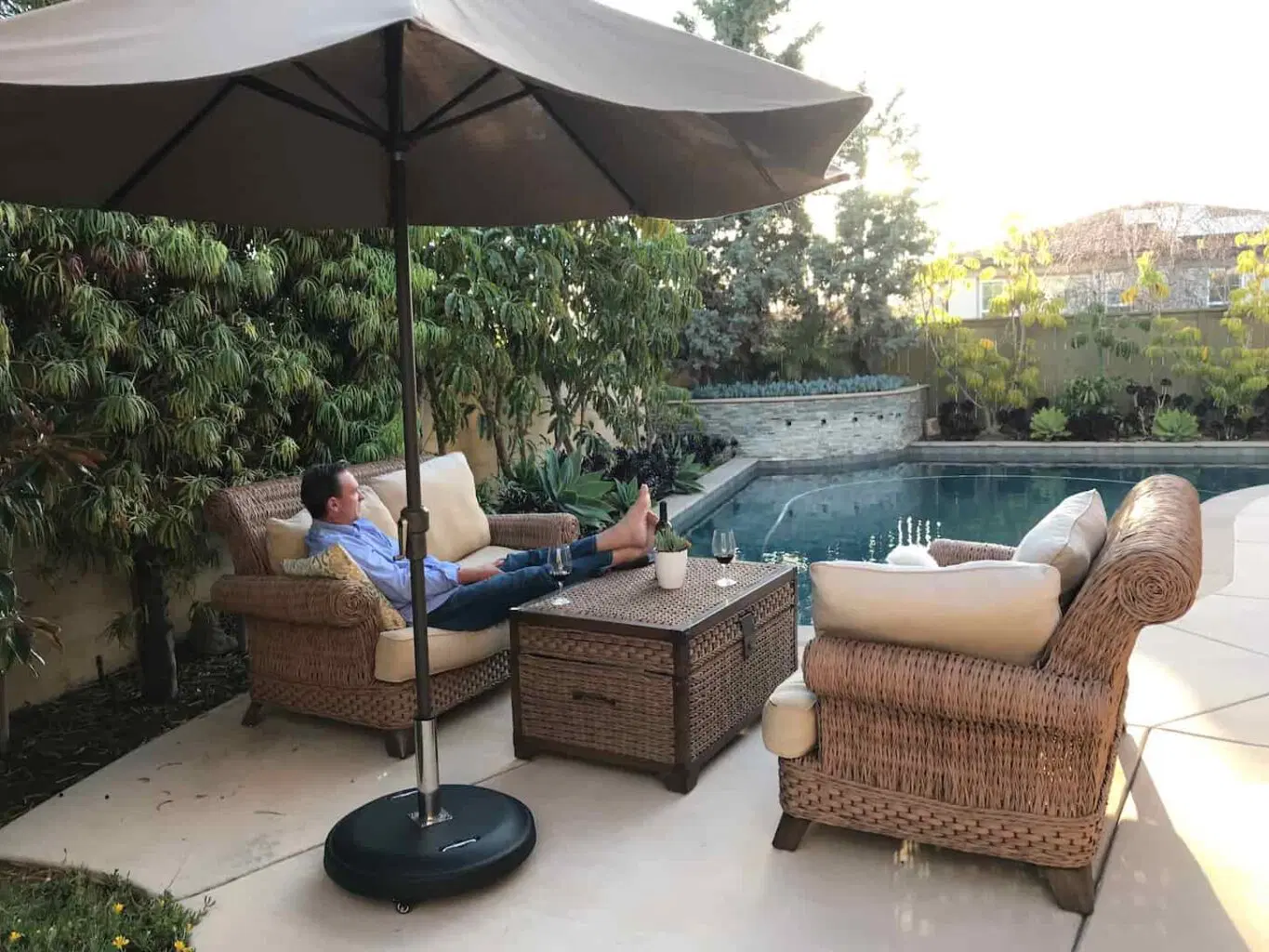
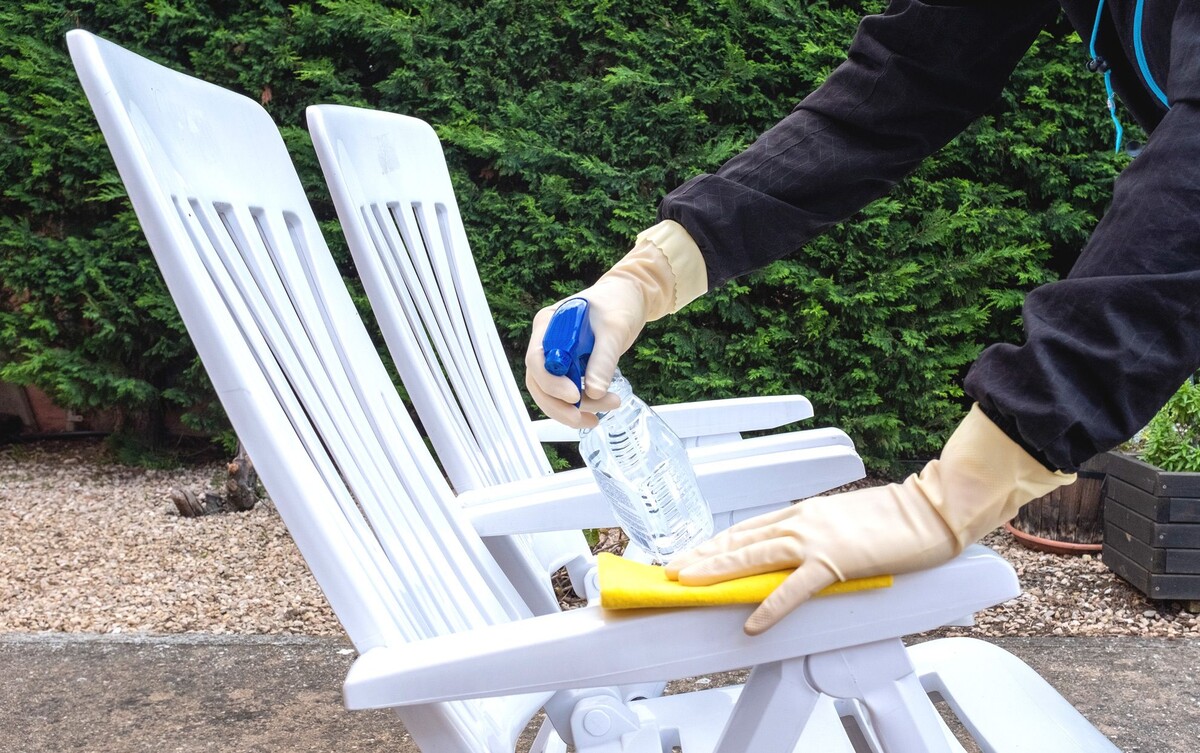
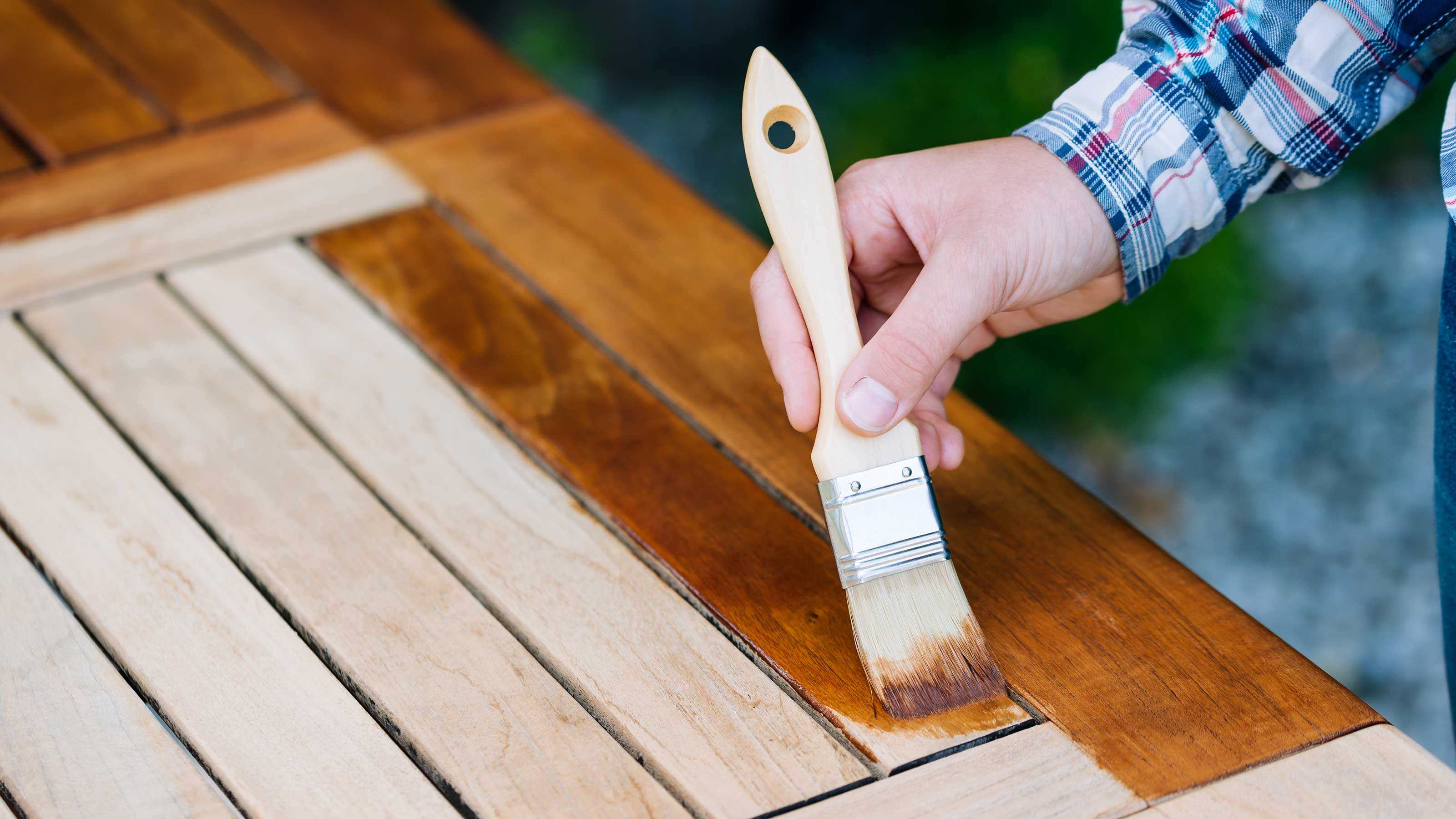
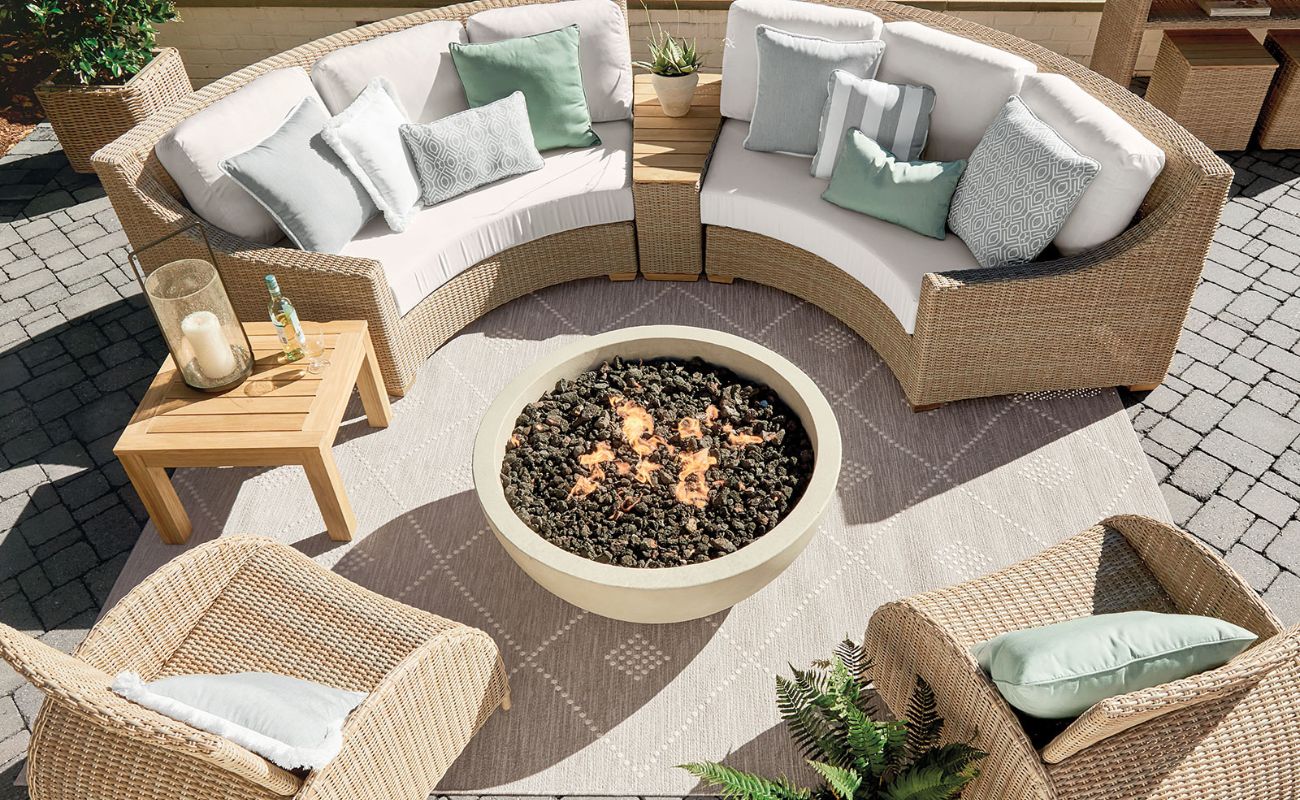

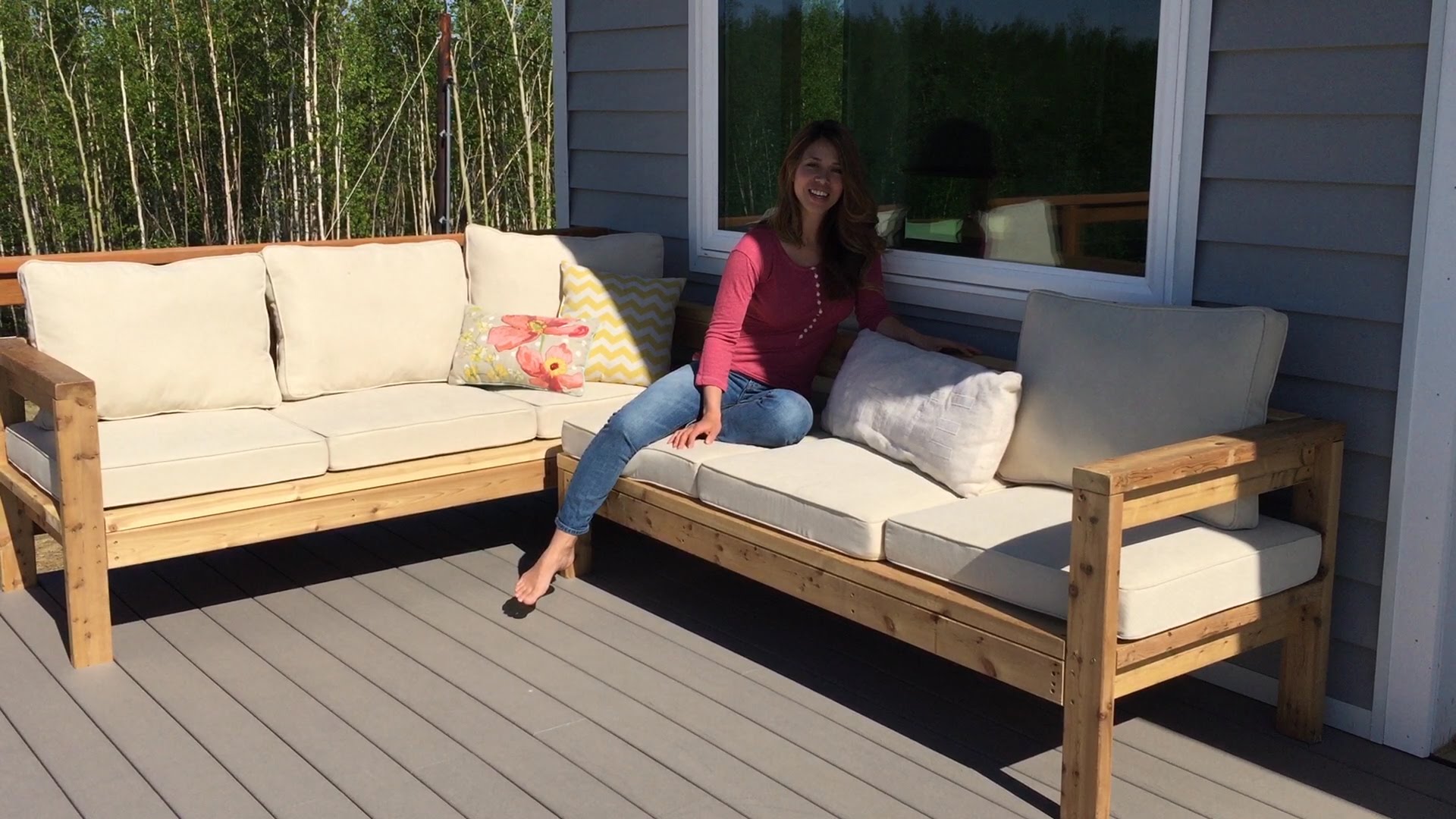
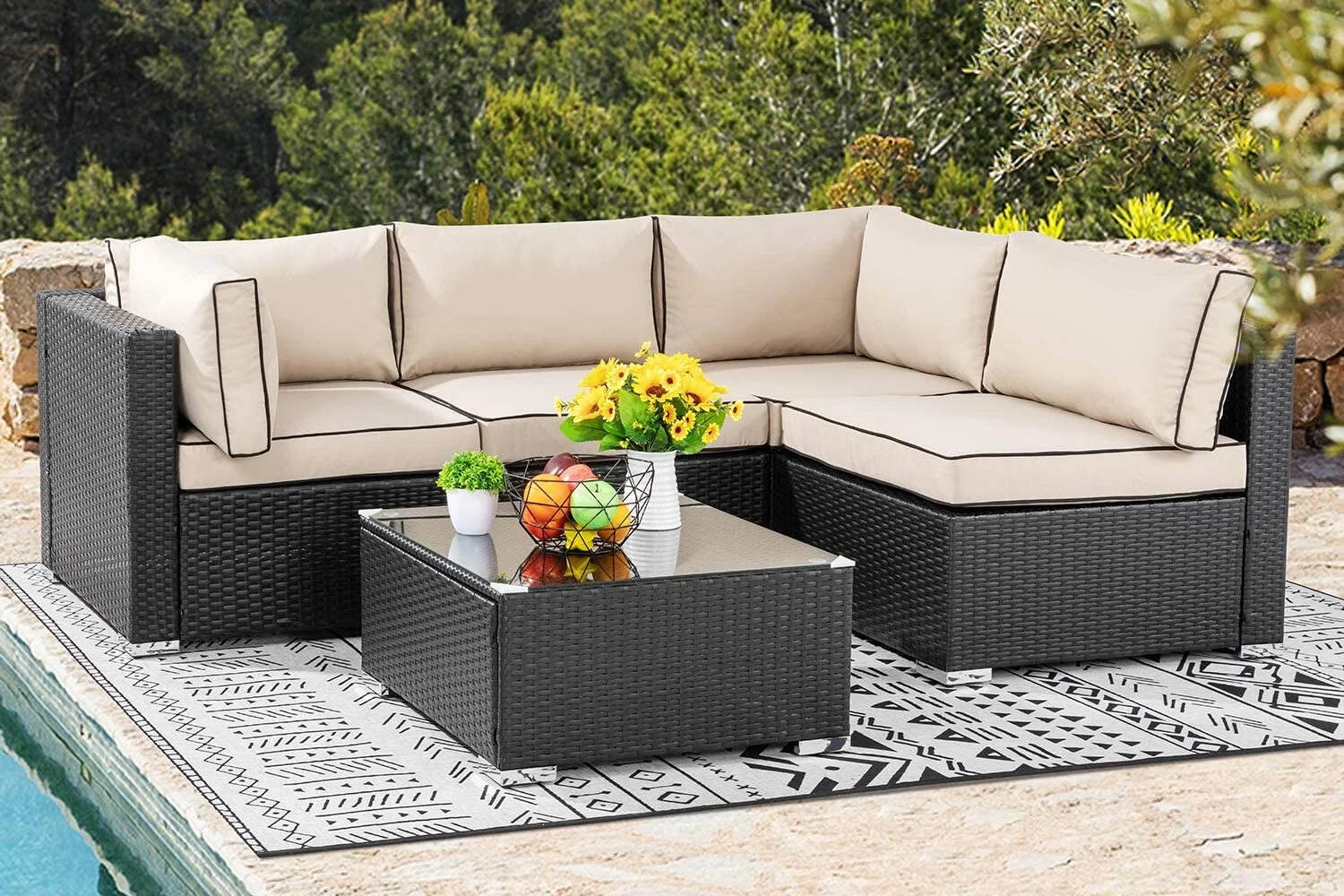
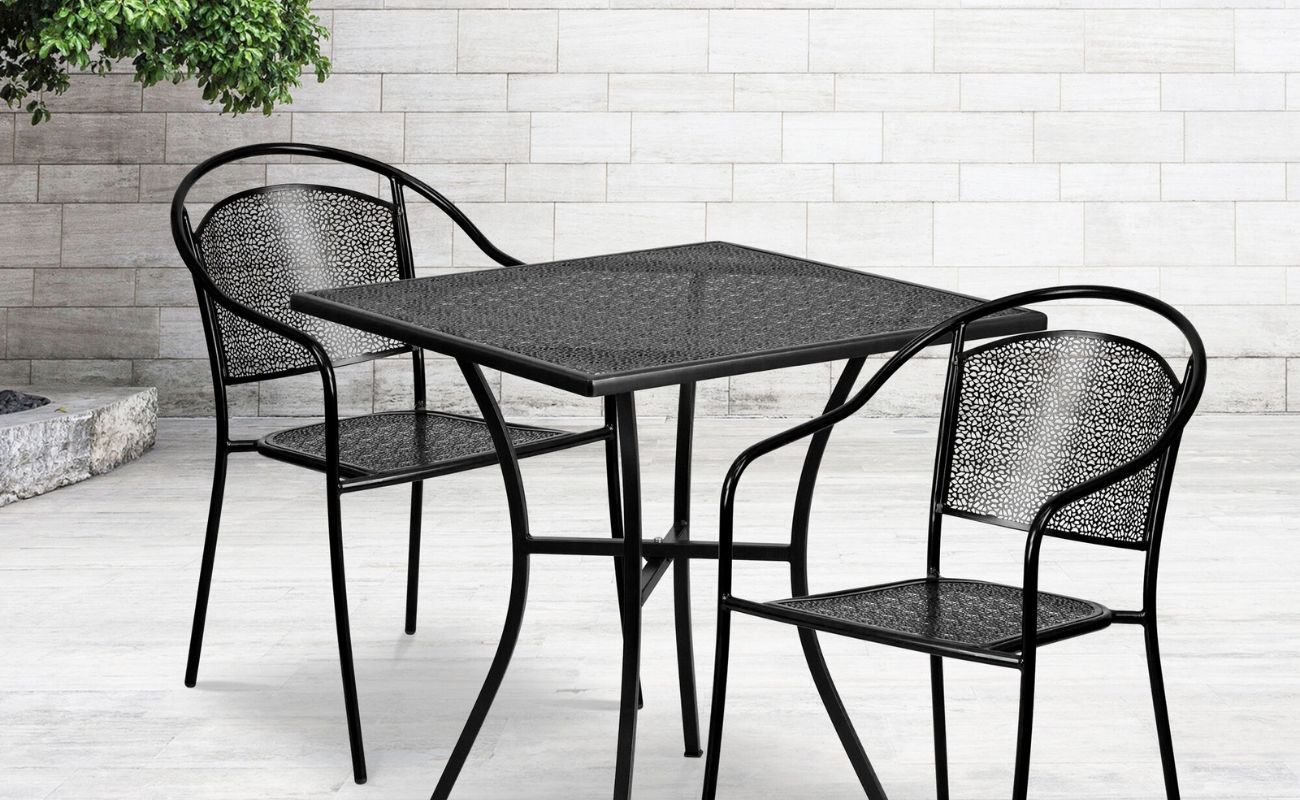
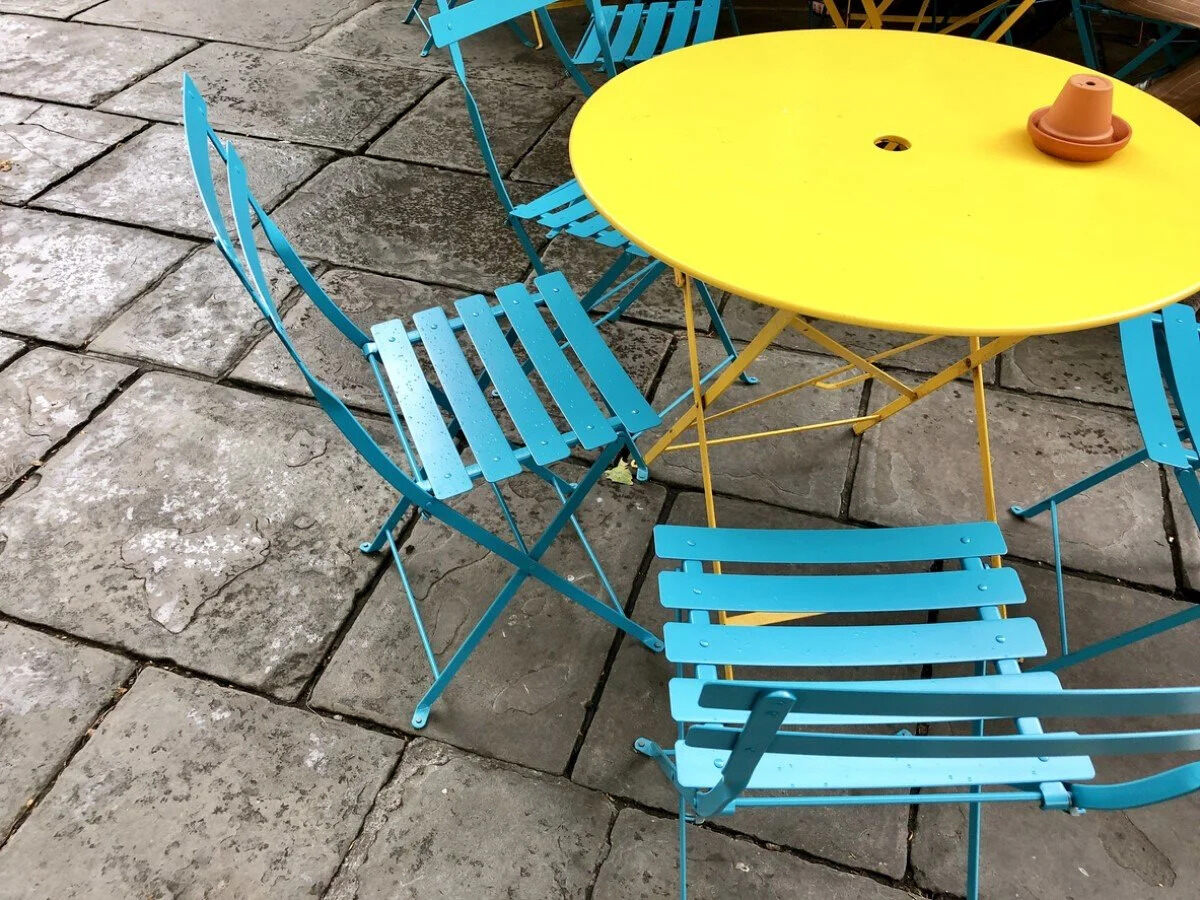
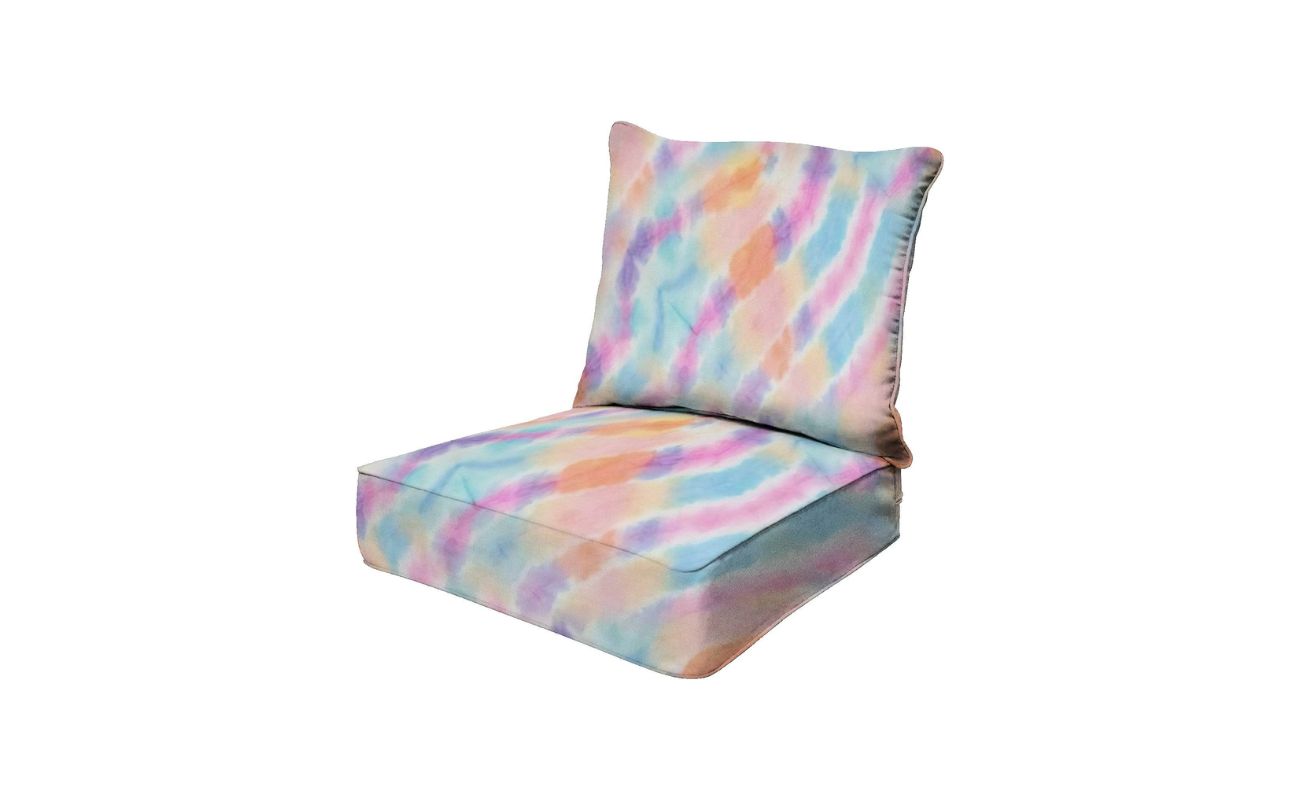

0 thoughts on “How To Set Up Patio Furniture”